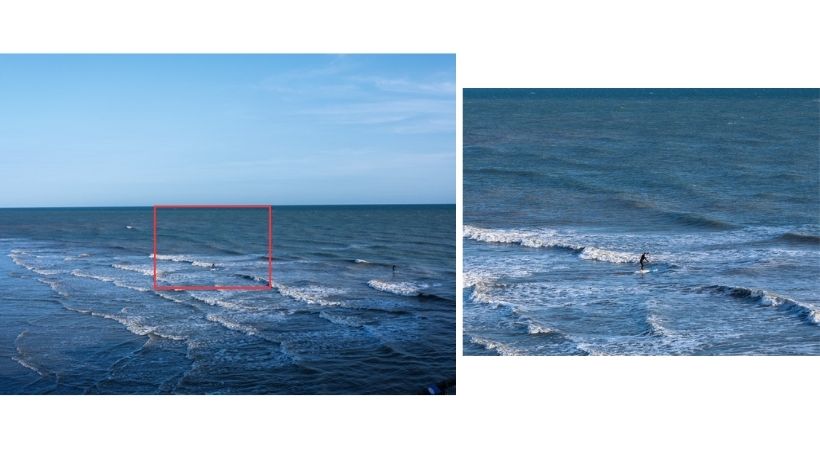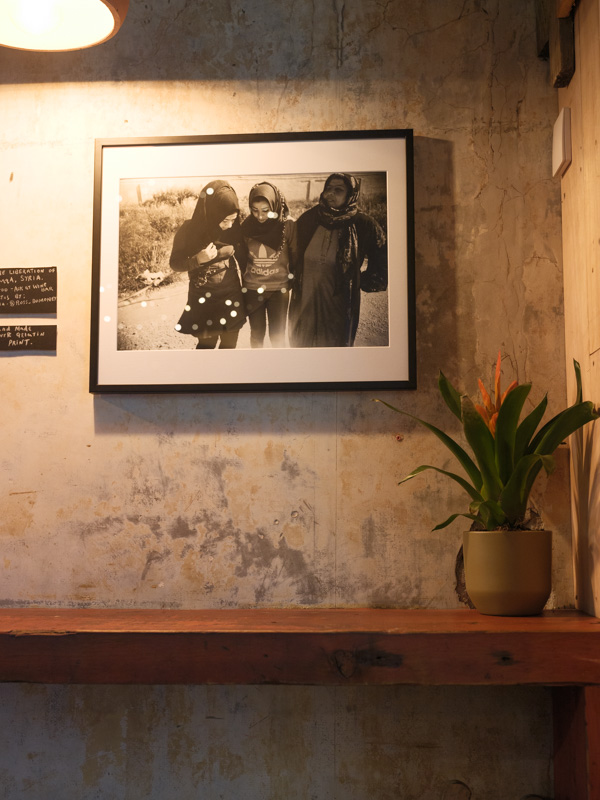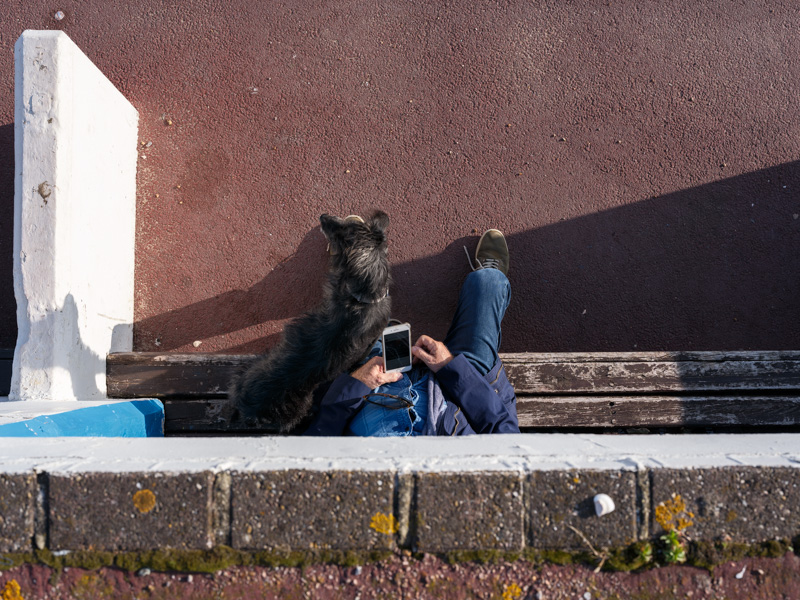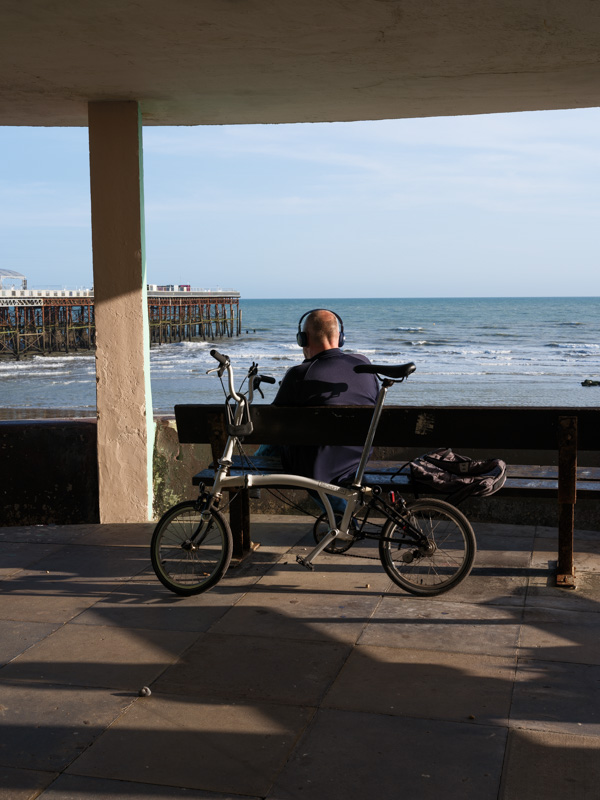We get a hands on with the new GFX 100II medium format camera from Fujifilm.
Fujifilm GFX 100II: The Ultimate Medium Format Camera?
Fujifilm has recently announced the GFX 100II, the successor to the GFX 100, which was the first medium format camera to offer 100 megapixels, in-body image stabilization, and phase detection autofocus. The GFX 100II promises to improve on its predecessor in several ways, making it the most powerful, responsive, and versatile medium format camera ever. In this post, I will review some of the key features and specifications of the GFX 100II, and share my impressions after using it for a few days.
Fujifilm GFX 100 vs Fujifilm GFX 100II: What's new
The GFX 100II uses a new 102 megapixel high-speed image sensor called the “GFX 102MP CMOS II HS” and the latest X-Processor 5. These enable the GFX 100II to achieve up to double the signal readout speed compared to the GFX 100, resulting in faster and more accurate autofocus, higher continuous shooting speed, and lower noise. The native ISO range now runs from ISO 80 to ISO 12,800, which is expandable to 40-102,400.
The in-body image stabilization system has also been improved, providing up to 8 stops of compensation when using certain lenses. This is the best performance of any Fujifilm camera, and a remarkable achievement for a medium format camera. The GFX 100II also features a new AI-based subject-detection autofocus system, which uses deep learning technology to recognize and track various subjects, such as humans, animals, and vehicles. This makes the GFX 100II more suitable for shooting dynamic and unpredictable scenes, such as wildlife, sports, and events.
The GFX 100II is also a very capable video camera, offering 8K/30p, 4K/60p/30p, FHD 120p recorded at 4:2:2 10-bit video internally, plus Apple ProRes RAW recording to a compatible ATOMOS HDMI external device. It also has a cooling fan to extend the recording time, and supports various color profiles, such as F-Log2, Eterna, and LUT. The GFX 100II is the first GFX camera to feature F-Log2, which facilitates a more in-depth and detailed post-production process.
Another new feature of the GFX 100II is the Pixel Shift Multi-Shot mode, which allows the camera to capture 400 megapixel images by combining 16 shots taken with a slight shift of the sensor. This mode is ideal for capturing fine details and textures, such as artworks, architecture, and landscapes. However, it requires a tripod and a static subject, and the processing time is quite long.
The GFX 100II also has a new film simulation mode called Reala Ace, which is based on the Fujicolor Reala 100 film that was popular in the 1990s. Reala Ace reproduces the vivid and natural colors of the film, with a smooth tonal gradation and a balanced contrast.

Fujfilm GFX 100II Reala Ace profile.
Design and Handling
The GFX 100II has a similar design and layout to the GFX 100, but with some minor changes. The body is made of magnesium alloy, and is weather-resistant against dust, moisture, and low temperatures. The dimensions are 156.2 x 163.6 x 102.9 mm, and the weight is 1,400 g (including battery and memory card). The GFX 100II is not a small or light camera, but it is still relatively compact and portable for a medium format camera.

The GFX 100II has a large and comfortable grip, which provides a secure and stable hold. The buttons and dials are well-placed and easy to access, and can be customized to suit your preferences. The GFX 100II has a top LCD panel, which displays the main shooting settings and can be illuminated in dark conditions. The rear LCD screen is a 3.2-inch tilting touchscreen, with a resolution of 2.36 million dots. The screen is bright and clear, and supports touch operations, such as focus point selection, menu navigation, and image playback.
The electronic viewfinder is one of the highlights of the GFX 100II. It is a 0.5-inch OLED EVF, with a resolution of 9.44 million dots, a refresh rate of 120 fps, and a magnification of 1.0x. The EVF is detachable, and can be replaced with an optional tilt adapter or a rotating adapter, which allow you to adjust the angle and orientation of the EVF. The EVF is very large and immersive, and provides a realistic and smooth view of the scene. It also has various display options, such as histogram, level, focus peaking, and exposure simulation.
The GFX 100II has dual memory card slots, which support UHS-II SD cards and CFexpress Type B cards. The latter are faster and more suitable for 8K video recording and high-speed continuous shooting. The GFX 100II has a battery life of approximately 460 shots per charge, which is not very impressive, but can be extended with an optional vertical grip, which holds two extra batteries. In use, I found the need to have at least two batteries for what I would class as general shooting throughout a day. The GFX 100II also has various ports, such as USB-C, HDMI, ethernet, microphone, headphone, and remote release.
Image Quality
The image quality of the GFX 100II is outstanding, as expected from a medium format camera with 102 megapixels. The example below shows that you can get useable images even with the most extreme crop. 
The images are rich in detail, sharpness, dynamic range, and color. The GFX 100II can resolve fine textures and patterns, and produce smooth and natural bokeh effects. The noise performance is also excellent, with clean and usable images up to ISO 6400, and acceptable results up to ISO 25,600. The GFX 100II can also capture 16-bit RAW files, which offer more flexibility and latitude for post-processing.

Image shot indoors at ISO 3200
The GFX 100II has a wide range of lenses to choose from, covering various focal lengths and apertures. The lenses are designed to match the high resolution and image quality of the GFX 100II, and deliver superb optical performance. The lenses are also weather-resistant, and some of them have optical image stabilization. The GFX 100II also supports various accessories, such as teleconverters, extension tubes, and adapters for third-party lenses.
The GFX 100II is not only a great camera for stills, but also for video. The 8K video quality is stunning, with a high level of detail, clarity, and color. The 4K video quality is also very good, with a choice of frame rates and compression options. The GFX 100II also supports various video features, such as focus peaking, zebra, timecode, tally light, and waveform monitor. The autofocus performance is also reliable and smooth, with face and eye detection. The in-body image stabilization also helps to reduce camera shake and produce stable footage.
Conclusion
The GFX 100II is a remarkable camera that pushes the boundaries of medium format photography and videography. It offers a combination of high resolution, high speed, high performance, and high versatility, making it suitable for a wide range of genres and applications. The GFX 100II is not a cheap camera, nor is it a camera for everyone, but it is a camera that delivers the ultimate image quality and user experience. If you are looking for the best of the best, the GFX 100II is the camera for you.
THE FUJIFILM GFX 100II is available to order online and in store
Example images made with the GFX 100II














